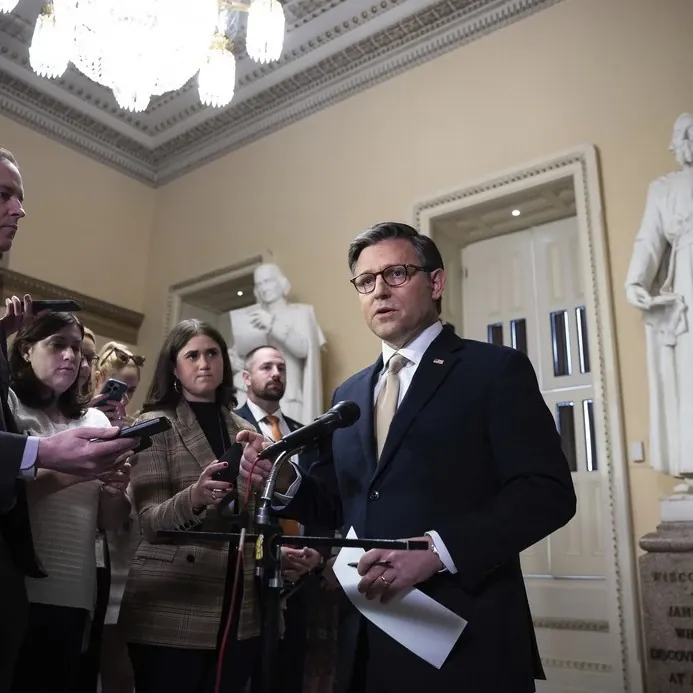Vermont Senate
The Vermont Senate plays a pivotal role in the legislative process of the state. As one of the two chambers of the Vermont General Assembly, the Senate is responsible for crafting, debating, and voting on legislation that impacts the lives of Vermonters. Understanding its structure, responsibilities, and operations is essential for anyone interested in the governance of Vermont.
Structure of the Vermont Senate
The Vermont Senate consists of 30 members who are elected to serve two-year terms. Senators represent various districts across the state, with each district electing one senator. The composition of the Senate reflects the diverse interests of Vermont’s population, and it is crucial for ensuring that all voices are heard in the legislative process.
Senatorial Leadership
The leadership of the Vermont Senate is comprised of several key positions, including:
- President Pro Tempore: The President Pro Tempore is the primary leader of the Senate, responsible for presiding over sessions and managing the legislative agenda.
- Majority Leader: The Majority Leader coordinates the efforts of the majority party, guiding the legislative priorities and strategies.
- Minority Leader: The Minority Leader represents the interests of the minority party, advocating for their viewpoints and priorities within the Senate.
Responsibilities of the Vermont Senate
The Vermont Senate has several critical responsibilities, including:
- Legislation: Senators propose, debate, and vote on bills that can affect various aspects of life in Vermont, including education, healthcare, taxation, and natural resources.
- Advice and Consent: The Senate provides advice and consent on certain gubernatorial appointments, including judges and members of various state boards and commissions.
- Constituent Services: Senators engage with their constituents to understand their needs and concerns, often advocating for issues that matter to the communities they represent.
- Oversight: The Senate exercises oversight over state agencies and programs, ensuring accountability and transparency in government operations.
Legislative Process in the Senate
The legislative process within the Vermont Senate is structured and methodical, ensuring thorough examination and discussion of proposed legislation. The key steps include:
- Introduction of Bills: Senators can introduce bills during the legislative session. These bills are then assigned to committees for review.
- Committee Review: Committees play a vital role in the legislative process, allowing for detailed examination and public input on bills. Committees may hold hearings to gather opinions from stakeholders and experts.
- Floor Debate: Following committee approval, bills are brought to the Senate floor for debate. Senators discuss the merits and implications of the proposed legislation.
- Voting: After debate, the Senate votes on the bill. A simple majority is required for a bill to pass.
- Concurrence with House: If the Senate passes a bill, it is sent to the House for consideration. If both chambers agree on the text, it moves to the governor for approval or veto.
Public Engagement and Transparency
The Vermont Senate is committed to transparency and public engagement. Citizens are encouraged to participate in the legislative process through:
- Testimony: Residents can provide testimony on bills during committee hearings, offering insights and perspectives that can influence legislative outcomes.
- Public Access: Senate sessions and committee meetings are often livestreamed and recorded, making it easier for citizens to follow legislative activities and stay informed.
- Community Outreach: Senators often hold town hall meetings and forums to engage directly with constituents, fostering a dialogue about pressing issues and legislative priorities.
Conclusion
The Vermont Senate is a cornerstone of the state’s legislative framework, providing a platform for elected representatives to shape policy and address the needs of their constituents. Through its structured processes and commitment to public engagement, the Senate ensures that the voices of Vermonters are heard and considered in the governance of the state. Understanding the workings of the Vermont Senate equips citizens with the knowledge necessary to participate actively in their democracy.



